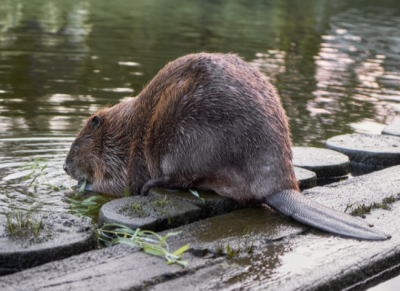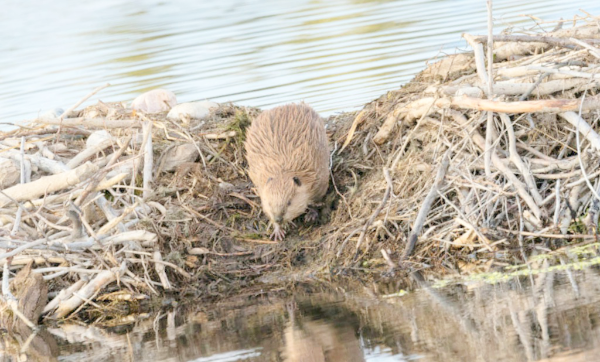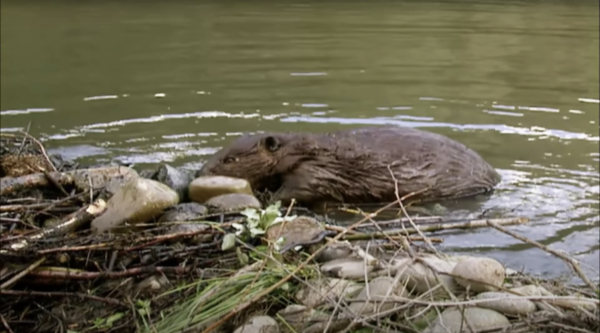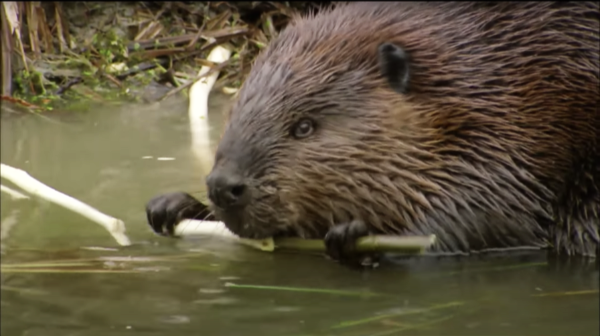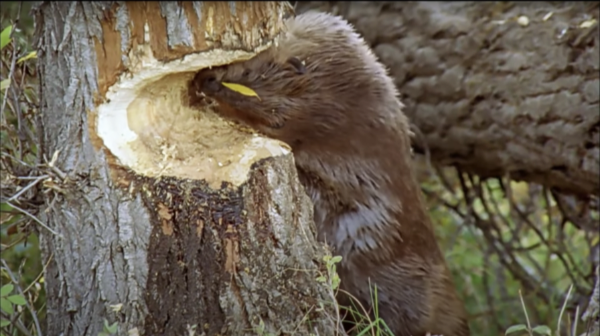Description
LIFE OF A BEAVER
Appearance
This mammal is a rodent-like herbivore with thick brown fur that covers it’s back and chest region, a flattened hairless tail, for maintaining stance and signaling danger or “marking its territory”, and webbed hind legs for adaptation to its aquatic lifestyle. There are many other features that make this animal semi-aquatic. Its size, which ranks it as the second-largest rodent, its teeth, that continue to grow as the beaver grows, its closeable ears and nostrils and its transparent eye membrane. As much as a beaver loves to eat and build, it also is an industrious and amazingly social animal that would rather live in groups than alone.
Habitat
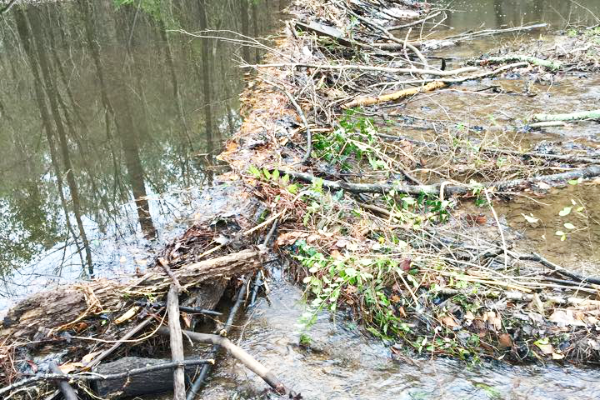
NATURAL
All beavers need water to survive. Because of this, you’re most likely to find a beaver in an aquatic habitat like, freshwater ponds, lakes, rivers, marshes, and swamps. A beaver’s home is called a lodge. Lodges are dome-shaped and made from woven sticks, grasses and moss, that are plastered with mud. Lodges are built on the banks of ponds, islands, or on lakeshores, just a little above water level.
Beavers also create dams to make ponds, their favorite place to live. Dams are created by weaving branches together, felling trees by chewing them down with their teeth, and waterproofing the construction with mud.
One most amazing thing about beavers is that they are proud of their homes. A beaver’s lodge interestingly has two partitions. The first partition is what we call the “cooling room”. This is where the beaver dries its body as it enters. The second, is more like a socializing room where the beaver and his family live and socialize.
URBAN
Over time the beaver has found it difficult to adapt, especially when it was hunted for its fur. As time went on, the total population of the beaver dropped drastically due to hunting. For this reason, the beaver adapted to other ways of survival outside their natural habitat. Naturally, the beaver loves to build, this makes life in the urban area quite difficult as they unintentionally cause damage to human resources, making them a target for extermination.
Behavior
Beavers are most active at dawn and do not hibernate. Even during unfavorable conditions like winter, the beaver is still working hard, trying to save up food and make its environment conducive. During winter, beavers sink huge portions of branches into the mud close by the lodge. This portion of branches now becomes their source of food during this period.
Beavers can live as long as 20-25 years. Beavers are believed to be ‘faithful’ mammals which imply they mate forever or until their partner bites the dust. Mating happens during January and February, with kits conceived inside the lodge from April to June. Beavers produce one to four offspring per year. Mating season is just two months in length and the female beaver is in heat for 12 hours, one after another.
Consequently, the male beaver stays near his female mate during mating season. The female shows the male when she is prepared to mate by discharging on close by hills after she has ovulated. The male beaver checks the hills regularly for signs that his mate is prepared to raise. Packs are commonly weaned after 2-3 weeks and soon venture out.
The kits will remain with their parents until they are around 2 years old. Around this period, they become unequivocally experienced and leave to find homes of their own.
Beavers are extremely useful to the ecosystem. The dams that they create alter the flow of rivers that if broken, can cause flooding.
Diet
Beavers are herbivores and digest cellulose, which is a significant segment of their diet. Beavers eat leaves, roots and bark from aspens, willows, maples and poplar trees. They additionally eat oceanic plants and at times, eat some herbaceous timberland plants and even harvests, for example, soybeans and corn.
